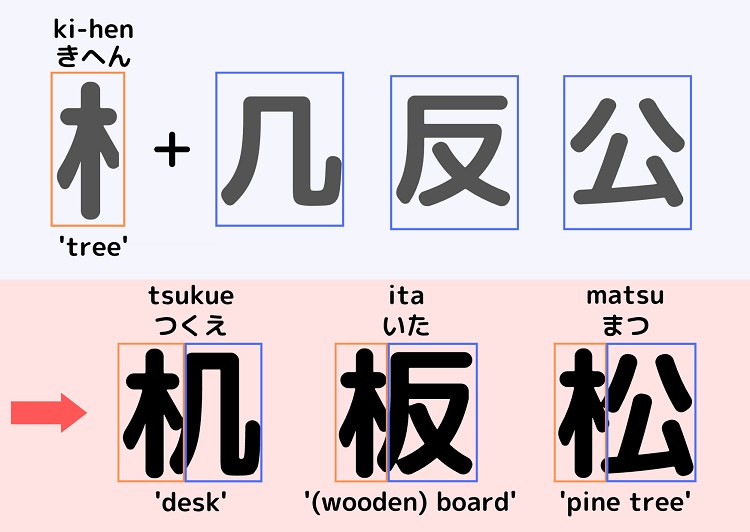Learning Japanese presents many challenges, and mastering kanji, the complex logographic characters borrowed from Chinese, is often considered one of the most daunting. With thousands of characters to learn, the task can seem overwhelming. So, how do Japanese people, particularly children, tackle this monumental feat? This article delves into the methods used to learn kanji, offering insights for anyone embarking on this linguistic journey.
The Repetition Method: A Cornerstone of Kanji Learning
In Japanese elementary schools, the foundation of kanji learning lies in repetition. Students utilize specialized notebooks known as 漢字練習帳 (kanji renshuucho), filled with gridded pages that guide proper stroke order and character structure. Each square in the grid is typically divided into four quadrants, providing a visual framework for practice. This repetitive writing process reinforces the visual recognition of kanji and helps commit them to memory.
This “repetition method” isn’t just mindless copying. Understanding the components of kanji is crucial. Often, kanji can be broken down into parts:
- 部首 (bushu): These are radicals, the building blocks of kanji, often indicating a general category or meaning. For example, the radical for “water” (氵) appears in characters related to liquids or bodies of water.
- へん (hen) and つくり (tsukuri): These are further subdivisions within a kanji, with the hen often representing the semantic component (meaning) and the tsukuri contributing to the phonetic component (sound).
Utilizing a kanji dictionary that organizes characters by their bushu can be incredibly helpful. It allows learners to see connections between related kanji, fostering a deeper understanding of their structure and meaning. After practicing writing each character numerous times, students often incorporate them into example sentences, simultaneously reinforcing grammar and vocabulary acquisition.
Mastering the Nuances: Key Details for Kanji Success
Beyond simple repetition, paying attention to specific details is paramount for accurate kanji recognition and writing. Two crucial aspects stand out:
Stroke Order and Detail:
Kanji are derived from ancient Chinese calligraphy, where brushstrokes were paramount. Understanding the correct stroke order is essential, not just for aesthetics but also for differentiating similar-looking characters. Pay attention to:
- とめ (tome): Indicates a distinct stop at the end of a stroke.
- はね (hane): Signifies an upward flick at the end of a stroke.
- はらい (harai): Represents a sweeping stroke.
These subtle details can drastically alter a character’s meaning. Mastering them ensures accurate writing and aids in differentiating between confusingly similar kanji.
Connecting Strokes:
Precisely where lines connect or don’t connect is crucial for distinguishing between kanji. For instance, the characters 已, 己, and 巳 are incredibly similar but differ in minute details of connectivity. Careful observation and practice are necessary to differentiate and reproduce these characters correctly.
Prioritizing Learning: Where to Begin with Kanji
With over 2,000 commonly used kanji, knowing where to start is critical. For beginners, focusing on the kanji required for the Japanese Language Proficiency Test (JLPT) levels N5 and N4 provides a solid foundation. These levels cover around 300 characters, encompassing essential vocabulary and grammar for basic communication. This structured approach gradually builds a strong base for tackling more advanced kanji later.
Conclusion: Kanji Learning is a Journey, Not a Sprint
Learning kanji is a continuous process requiring dedication and consistent effort. While the task may appear daunting, understanding the core principles of the repetition method, focusing on crucial details like stroke order and connectivity, and strategically prioritizing learning based on proficiency levels pave the way for success. By embracing these techniques, learners can embark on a rewarding journey toward mastering these fascinating characters and unlocking the richness of the Japanese language.
